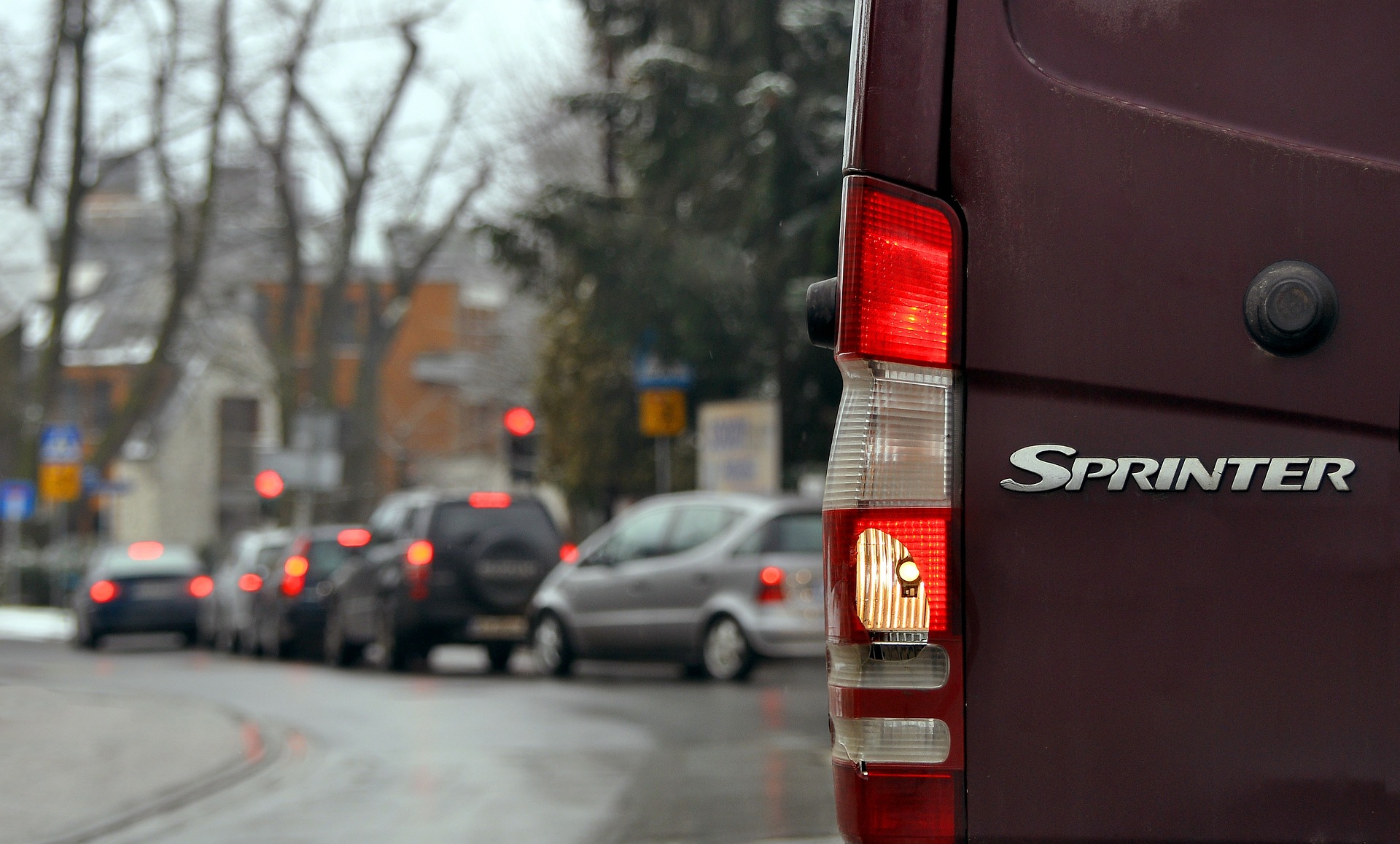Sprinter Van Warning Symbols, Attention Assist, and Other Mercedes-Benz Features Your Fleet Drivers Must Understand
If you own or manage Mercedes-Benz Sprinter van fleet vehicles, you want your drivers to know their vans inside and out for safety and efficiency. Here are some Mercedes Sprinter van features your drivers should recognize and understand.
Some features are for improved vision and focus while driving. Others are dashboard warning lights that signal a problem with some part of the van. These should be heeded immediately, in case the vehicle needs to be seen by your Nanaimo, BC diesel mechanic. The sooner you take care of issues, the more you prevent your Sprinter vans from being out of service and the more you preserve their lifespan.

Image by Jerzy Górecki from Pixabay
Active Brake Assist for Improved Safety
Active Brake Assist senses vehicles, objects, and even pedestrians in front of the van. It can brake for the driver in case they get too close to avoid rear-end collisions, property damage, and human injury.
Blind Spot Mirror Assist for Turning and Changing Lanes
This technology uses radar sensors to detect other vehicles in the driver’s blind spot for safer turning and lane changes. It also alerts the driver of vehicles and pedestrians crossing behind the van to help with backing up safely.
Digital Interior Mirror for Rear Vision
This mirror is available on cargo, crew, and passenger Sprinter vans. It offers high-resolution images of the view behind the van without obstructions. It can switch between conventional and digital operation with the push of a button.
Attention Assist to Stay Focused
Many Sprinter van drivers want to know: what is Attention Assist on a Mercedes? This is one of the best features for drivers who spend long hours on the road. It detects the possibility of drowsiness by monitoring driving patterns and alerts the driver to concentrate on the road.
Dashboard Warning Lights
Sprinter van warning symbols don’t need to be a mystery that risks being ignored by fleet drivers. Here’s a handy run-down of dashboard alerts all drivers should understand and pay attention to:
| Type of Warning | Icon Description | What It Means |
| Hazard warning light | Triangle with an exclamation point in the centre | General warning light often seen with other warnings and indicating the vehicle should be seen by a mechanic |
| Coolant temperature light | A temperature gauge image with red wavy lines on either side of it | Low coolant volume and a risk of overheating without adding coolant |
| Airbag light | Driver with deployed airbag | Airbag (SRS) system malfunctioning and may not deploy in a crash |
| Brake light | A circle with an exclamation point inside contained within parentheses followed by the word BRAKE | A problem with the brake system, including low brake fluid |
| Check engine light | An engine | A problem with the engine, exhaust, or fuel injection |
| Oil level light | Oil can | Low oil or faulty oil level sensor |
| Glow plug light | Yellow coil | Glow plugs in operation (should turn off after one minute) |
| Tire pressure light | An exclamation mark accompanying the image of a flat tire | Tire needs air |
| ABS warning light | ABS inside a circle within parentheses | Anti-Lock Braking System deactivated and won’t function when braking (regular braking will still work) |
| Diesel Exhaust Fluid (DEF) light | Two fluid droplets and a puff of air on top of a wavy line | Low or problematic DEF; if seen with Check Engine Light, a problem with exhaust gas after-treatment system |
| Brake pad linings light | A circle with curved dotted lines on either side of it | Brake pads need to be replaced ASAP |
| ASR/BAS light | Rolling tire and a vertical arrow | When solid, Acceleration Skid Control malfunctioning; when flashing, one or more tires have reached their maximum grip |
| ESC/ESP light | Wavy skid marks behind a vehicle | Electronic Stability Control deactivated |
| Contaminated air filter light | Two crossed downward arrows with two rows of dots running across them | Air filter clogged and needs replacement |
| Water in fuel light | Fuel pump next to a water drop | Water separator in the fuel filter must be drained |
| Low battery light | Battery with + and – | Battery not charging properly |
| Bulb warning light | Light bulb with an exclamation point | Exterior bulb needs replacement |
Sprinter Van Limp Mode: Time to See Your Mechanic
There’s one more essential Sprinter van feature that your drivers should definitely know about: Limp Mode. This technology reduces speed to avoid further damage to the engine when there is a problem. It allows drivers to “limp” back to the garage or to the mechanic and signals diagnostics and repairs are needed.
Drivers generally can’t go faster than about 88 kph. Ideally, they should not continue to do routine driving in Limp Mode. Rather, they should curtail driving and get the problem checked out ASAP.
Sprinter van reliability issues and common problems with Mercedes Sprinter vans can often be avoided with two key actions. The first is to stay on top of maintenance, especially with fleet vehicles that see high mileage and more wear and tear. The second is to heed warning lights and helpful technology like Limp Mode to head off larger, more expensive problems by dealing with small ones right away at your mechanic’s shop.
Reach Us
Office Hours
Mon – Fri | 8:00am – 5:00pm
Sat – Sun | Closed


